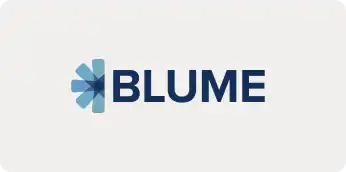ELAD GIL
Reid Hoffman has this good saying that, to some extent, an external board member is like a cofounder that you can hire or an executive that you can hire in. Then you can give them a board seat and get them on your team. So, you kind of wants that calibre of a person as your board member. Then you want to identify the areas that you specifically want that person to help with.
MANAV GARG
My early board was me and my founding shareholder. We discussed and brainstormed almost every week. I made sure all key decisions were informed early on and there was accountability around decisions I took. That helped build a solid foundation. After I raised institutional money, the board had fair representation from the investors. I also added an independent board member. I also made it a practice to bring the management team to the board meeting. Having a separate founder/ board session also helped as I could talk openly about what’s keeping me awake at night, and I could get some really good suggestions/ideas on the challenges I was facing.
ABHINAV ASTHANA
First of all, we feel it’s important for our team to understand what a great board meeting looks like. And that starts with all parties being well informed so that the board meeting can be as productive as possible.
AS A FOUNDER, YOU SHOULD LOOK AT—AND PROBABLY INSIST ON—EVERY BOARD MEMBER ADDING VALUE TO THE COMPANY.
— ABHINAV ASTHANA

My job, as I see it, is to keep my board members well informed, give them all the data, and present the mental model through which I think so that I can get the best advice from them. I like to give them that information throughout the year rather than just in meetings a few times a year. Here’s why: If the information for board members is new, and you expect them to just whip out a reply on the spot, it typically leads to extra time spent in explaining, understanding, and consensus-building. To prevent that inefficiency, I like giving them information—for example, what my top priorities are and what they can help with—prior to the board meeting so we can get the best outcome.
Very closely tied to that point is this additional point: As a founder, you should look at—and probably insist on—every board member adding value to the company. That is a fair expectation. Board meetings, for me, are not for a sheer multiplicity of opinions; rather, you want a smaller number of high-value opinions. It is more about learning how you could take the company to the next level, and I have a great relationship with my board in that sense.
I’ve actually seen the opposite in lots of boards, and it can be a real hazard for a company. Sometimes, boards do not work as a cohesive unit. Often, members don’t have proper context, but they have a lot of opinions. This can confuse the CEO, and the moment the CEO is confused, they may start doing things just to address a random opinion and at that point, both parties have failed and the company pays the price.
So, overall, board constitutions and relationships are always a challenge, but I think that Postman and our board are in a solid place right now, and I’m proud of that.
BHANU CHOPRA
The main success then comes down to execution and also on how you manage the board because all acquisitions are not successful. You know you do the acquisition, something goes wrong, sometimes founders want to stay, but they don’t stay for a longer time. So, your board also has to back you up. Not for only one or two acquisitions but as a strategy, they have to back you up. It is not that you do one, and you make a mistake, and then you stop. The board’s role also is very important.
KEY TAKEAWAYS
- SUSTAIN THE CONFIDENCE OF THE BOARD AT ALL TIMES
- INSIST ON BOARD MEMBERS ADDING VALUE TO THE COMPANY
- KEEP THE BOARD INFORMED OF IMPORTANT DEVELOPMENTS


















